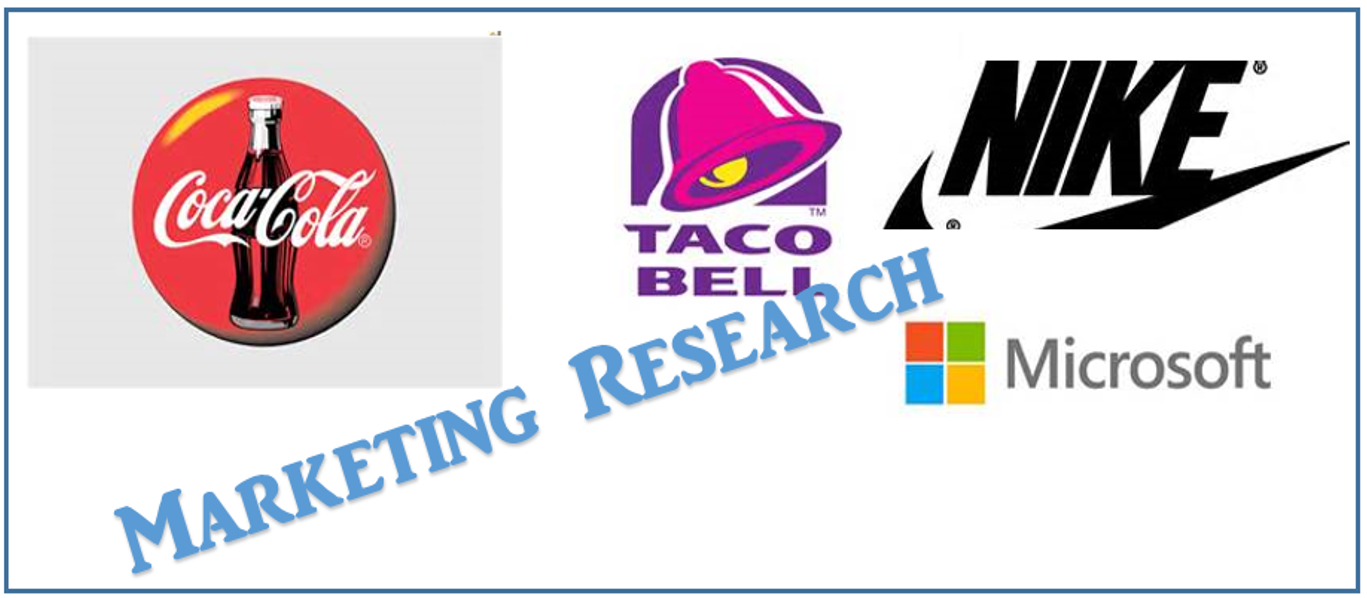In 2009, as Chief Research Officer at the Advertising Research Foundation, I reported that 85% of client-side marketing research leaders were neutral or dissatisfied about research’s impact on the organization. We found that 40% did NOT claim they had strong support from the C-suite, and that regardless, in all companies represented, skeptics existed .
.
Think of “Marketing Research” as a brand. Based on Pat Hanlon’s definition of a brand, “Brands are belief systems reinforced by a set of behaviors”, we concluded in 2009 that Marketing Research had a branding problem. Clearly the organizations that research teams served did not have the belief that marketing research was like oxygen to their decision-making.
Seven years later, I’d say the Marketing Research’s branding and “broken tools” problems are getting worse in a digital, data-driven marketing age. Marketers are setting sail for the new data driven marketing world, with its promise of more efficient and effective media spending and hyper-relevant communications. Yet, they are voyaging towards unknown lands with a broken compass and overcast skies because marketing research has not integrated survey results with the digital data actually used for media tactics that has proven to double marketing efficiency (according to Adobe Cloud White paper).
I’ve taken my published “brand restage” recommendations as Chief Research Officer at the ARF from 2009 and updated them for 2016.
Embrace action: go past insights and own the recommendation being accountable for the business result.
- 2016: Establish a “marketing productivity practice” that uses real-time, fully integrated data systems and accept accountability for marketing results, not just delivering accurate reports.
Stay grounded in the rigor and process of research. If we lose our professional methods of blending art and science for generating insights, we lose our creed and qualifications
- 2016: establish standards for integrating digital profiling data with survey results at the user level, and modeling findings back onto the DMP. Create standards for social media listening that give them rigor and quantitative properties.
Be unforgettable. Infuse with theatre and stories to be heard and to become unforgettable
- 2016: The ability to integrate qualitative into quant study findings is increasing due to, for example, mobile surveys where someone can take photos and record sounds.
Be future focused. If you prove your foresight, research will be viewed as an investment rather than an expense which is critical.
- 2016: You must get ahead of consumers’ use of media technology and tell marketing what is coming next and how to leverage it.
Be the runway connecting the brand and the consumer. However, you must translate and anticipate, not regurgitate.
- 2016: In a digital and social age, consumers behave in ways other than making purchases. You need to fully include all signals, digital/social/mobile about consumer desires and preferences, not just surveys. Help the marketing team understand the dramatic changes in how people consume and interact with media so you can connect brand ideas and consumer desires in the most relevant ways possible.
Be a thought leader. You must shape thinking not just validate. Tell the marketing team something they didn’t know. Prove your point and show the way. You must be a courageous risk-taker.
- 2016: Marketers are confused by the complex digital world. They do not know how fast to move money to digital, nor how to deploy funds within that slice. The programmatic area is particularly tough because it is so technical. Become the trusted advisor regarding digital transformation which means you will need to sharpen your knowledge of the space and the data assets your company has. Anticipate the future, predicting what your internal clients will be reading in Ad Age 3 months down the road. Better yet, make news yourself!
Become an agent of change. Embrace new marketing ideas, new research tools, and become an effective activist for cultural change in the organization. Be forceful, not deferential.
- 2016: Demand real-time, predictive, and fully integrated (digital, social, etc.) reporting and insights and find the research agencies who can deliver. Incentivize research agencies to improve their offerings and enable the change you envision.
Conduct an honest self-assessment: how do you think internal customers would rate the marketing research “brand image” on…
- Provides timely consumer response data for agile marketing
- Is a trusted advisor for digital, social, and mobile marketing questions
- Provides metrics I look at every day for guidance
- Tells me about what is coming next in consumer media behaviors
- Constantly gives me new consumer insights
Your Marketing Research brand restage has to result in a brand that wins on these attributes.


We live in an agile, responsive world. As Joel suggests, when he and I conducted our session with the ARF it was a different world with different lead times and reaction models. We have to know how to respond and strategize in real time–we can reconfigure strategies and activation plans in 24 hours. Can you?
Marketing research has a scope problem, not an image problem. The feedback pipes coming into the organization are now more fragmented than ever. The marketing function is, in turn, weakened by reacting to any- and everything and ignoring the basic tenents of the marketing exchange, which is a human connection. Research always thrives whenever it helps an organization meet its customers needs. Digital is simply one of many ways that can happen in the broader ecosystem.
[…] marketing research consulting firm. This is an edited version of a post that originally appeared here under the title, “Fixing a brand called marketing […]